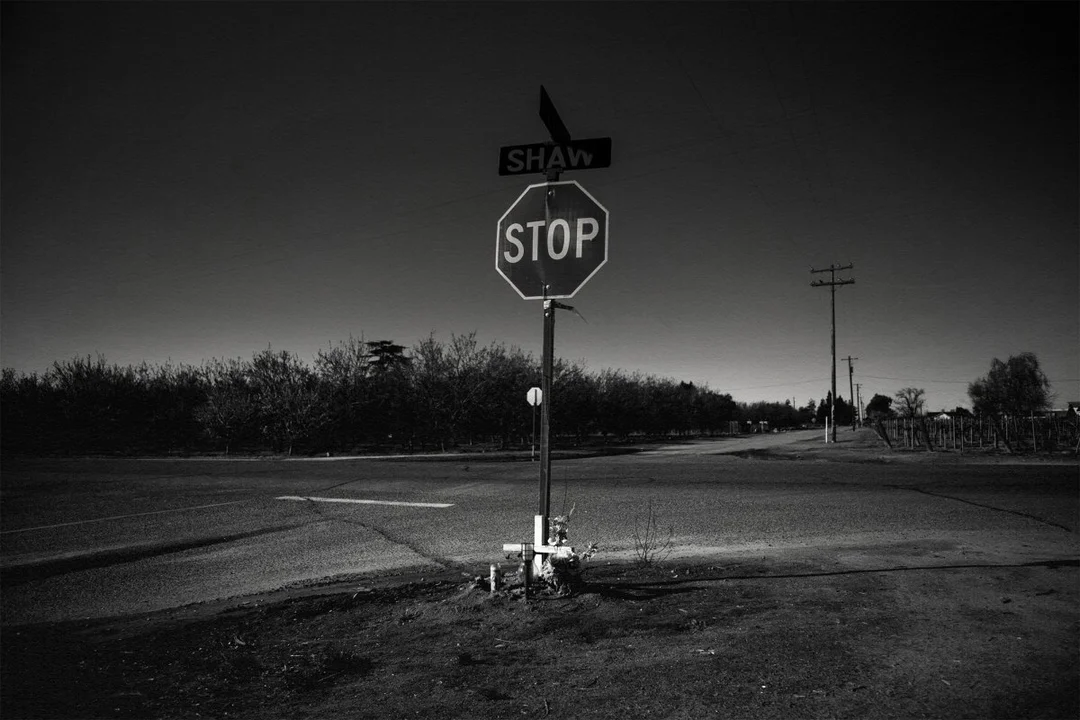
License to Kill: How California’s DMV Lets Dangerous Drivers Stay Behind the Wheel
In a disturbing revelation for road safety advocates and everyday Californians alike, a sweeping investigation has uncovered a troubling pattern: the California Department of Motor Vehicles (DMV) routinely allows drivers with alarming records—including multiple DUIs, reckless driving, and fatal collisions—to retain or regain their licenses, often within months of causing deadly crashes. The findings have cast a harsh light on a system that purports driving is a privilege but in practice treats it as an unassailable right, despite more than 20,000 road deaths statewide since 2019.
Reporters from CalMatters and Local News Matters sifted through tens of thousands of pages of court and DMV records, revealing numerous cases where drivers like Ivan Dimov, who accumulated six DUIs and then killed a young man while driving drunk, or Joshua Daugherty, convicted twice for fatal crashes a decade apart, were restored to the road by the DMV. Incredibly, nearly 40% of drivers charged with vehicular manslaughter from 2019 through early 2024 still had valid licenses at the time of review, and nearly 150 drivers were relicensed within a year after allegedly killing someone.

The devastation wrought by such administrative decisions is intensely personal. Cassi Tejeda and Courtney Kendall, both students with bright futures, were killed in 2022 by a drunk driver with a prior DUI who still had a valid license. Their grieving families remember not just the moments lost, but the pain of a system that failed to protect innocent lives. As Jerrod Tejeda asks, “What would they be doing today? Would they have developed the careers they chose?”
Another poignant case: Mary Kazmark lost her daughter, Krystal, to Daugherty's second deadly crash. Learning that the same driver was responsible for another young woman’s death years prior was “unbelievable,” she said. “It’s so sad. You make a mistake and don’t learn, then cause another person to lose their life.”

The investigation highlights persistent flaws in California’s approach. The DMV point system is so permissive that critical violations like vehicular manslaughter rarely trigger automatic suspensions, leaving it to the agency’s discretion—an option too often unexercised. Records frequently omit serious convictions; administrative coordination lags far behind the reality and severity of ongoing risks. Even withdrawals of driving privileges are routinely reversed as soon as statutory suspension periods end, and hundreds of drivers return to trouble—400 got new tickets or crashed again after killing someone.

For families of the victims like Loriann Hester Page, whose father William was killed by a driver who would go on to cause multiple more accidents, it’s a wound made worse by official inaction. Even DMV spokesperson Chris Orrock admitted, “the process and coordination between the judicial system and the DMV must continually evolve to address any gaps.”
Policy experts, prosecutors, and advocates agree: the state’s fixation on facilitating mobility at all costs is undermining public safety. Leah Shahum of the Vision Zero Network put it bluntly: “We don’t all have the right to drive. We have the responsibility to drive safely and ensure we don’t hurt others. That does not mean there can be a license to kill.”

As California lawmakers face mounting pressure to respond, this exposé raises urgent questions: Should the threshold for revoking licenses for dangerous drivers be lower? How can data and bureaucracy better serve prevention instead of compounding tragedy? The public’s voice—and the memories of those lost—demand answers. What measures do you think California should take to make its roadways safer? Join the conversation in the comments below.